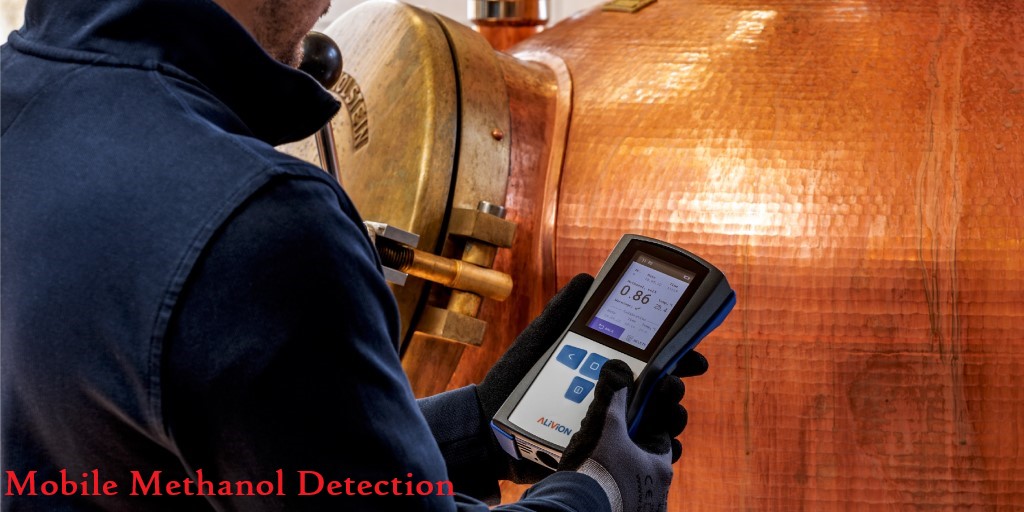Methanol measurement refers to the process of quantifying the concentration of methanol (methyl alcohol) in a given substance or solution. This measurement is essential in various industries and applications for several reasons:
- Safety: Methanol is toxic when ingested, inhaled, or absorbed through the skin. Measuring its concentration is crucial in ensuring the safety of workers, consumers, and the environment. Methanol produces toxic effect on almost all organ system, but central nervous system, cardiovascular system and respiratory systemsare highly affected from methanol toxicity. Methanol is extremely poisonous. As little as 2 tablespoons (30 mL) can be deadly to a child. About 2 to 8 ounces (60 to 240 mL) can be deadly for an adult. Blindness is common and often permanent despite medical care.
- Quality Control: In industries like chemical manufacturing, pharmaceuticals, and fuel production, accurate methanol measurement is vital to maintaining product quality and consistency.
- Regulatory Compliance: Many regulatory bodies have established limits on the allowable methanol content in products like alcoholic beverages, cosmetics, and fuels. Measuring methanol levels ensures compliance with these regulations.
- Process Optimization: In chemical processes and industrial applications, monitoring methanol levels helps optimize reaction conditions, reduce waste, and improve efficiency.
- Environmental Monitoring: Methanol can be released into the environment through various industrial processes. Monitoring its levels is essential for environmental protection and compliance with environmental regulations.
- Research and Analysis: Methanol measurement is a fundamental aspect of analytical chemistry and research. It is used in laboratories to determine the concentration of methanol in various samples for scientific studies.
Methods for methanol measurement can include spectroscopy, chromatography, titration, and chemical sensors, depending on the specific application and required accuracy. The choice of method often depends on factors such as sample type, concentration range, and the desired level of precision.
The Techotrix Spark m-20 can complete this task within a few minutes.
